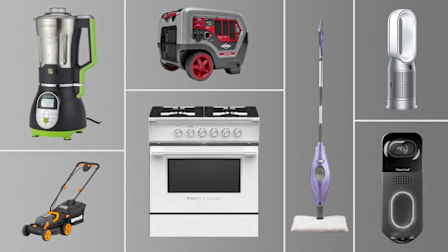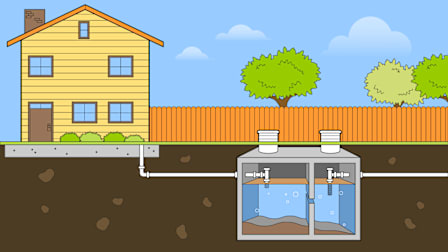10 Plant-Care Staples to Help Your Greens Thrive
Experts share their essential tools for cultivating indoor plants
When you shop through retailer links on our site, we may earn affiliate commissions. 100% of the fees we collect are used to support our nonprofit mission. Learn more.
Filling our homes with greenery is more than just a decorative habit. According to experts, plants can decrease the body’s stress hormones and increase work productivity. But caring for them can come with a steep learning curve, especially for those who lack a green thumb.
Figuring out exactly how much water a houseplant needs is just the start. There’s choosing the right pot and arming yourself with the proper tools to combat an almost inevitable gnat infestation. But there are lots of products that can help take the guesswork out of plant care.
So we turned to plant care professionals to learn what they always have on hand and how they keep their greens thriving. Here’s what they had to say.
Best Plant Products
Dr.meter Soil Moisture Meter

Overwatering is the most common cause of death for plants, says Jira Sai, founder of Plant Corner, a shop in New York City that specializes in rare plants. A moisture meter can help with that.
“Plant roots need oxygen to function, and drowning the roots in water eliminates the oxygen pockets while increasing the chances for bacterial infection,” Sai says. And if the roots aren’t able to supply the plant with water and nutrients, the plant will slowly decline and eventually die.
A moisture meter can be especially useful for novice plant owners. “Use it to check the moisture level in your soil, especially when the pot is too big for your finger to reach the bottom,” Sai says. And make sure the soil is on the drier side before you give the plant more water.
Physan 20 Fungicide
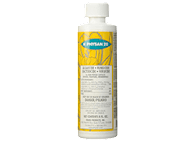
If you’re an avid plant keeper or gardener, chances are you’ve come across some form of fungal infection at one point or another. Before you write off the afflicted green, try this fix instead. According to NYC Plant Doctor Christopher Satch, who’s a professor of plant biology and pathology at the New York Botanical Garden, a great way to combat it is with this fungicide. “For plant foliar fungal control, I like Physan because it’s safe for all plants, even orchids,” he says.
Dyna-Gro Foliage-Pro Fertilizer
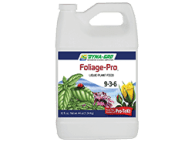
According to Samantha Hermann, founder of the blog House + Plant, the one item every plant parent should own is a great fertilizer. (Your houseplants will grow without it, but not as abundantly.) It can provide plants with the necessary nutrients they may otherwise not receive from potting soil and can replenish nutrients they may lose over time.
Hermann recommends this version from Foliage Pro. “One capful per gallon, every time you water, is all it takes to grow big, happy houseplants,” she says.
Ebristar Watering Pot
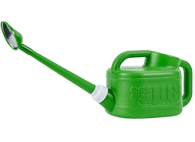
Lisa Eldred Steinkopf, who has written numerous books about houseplants and plant care, prefers a watering pot with a long spout. “I have a lot of plants, and it gives me extra reach,” she says.
While just about any vessel can be used to water plants, one with a longer spout can be especially helpful for plants in a cluster or those sitting in harder-to-reach spots. A spout that ensures even water flow to the plant is a bonus.
Pennington Terra Cotta Clay Pot, 10"
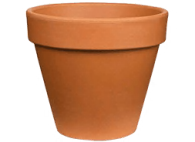
Knowing how much water your plants need can be one of the more difficult aspects of caring for them. One easy way to judge if they have enough (or too much!) is by planting them in pots with drainage holes.
“It is possible to grow a plant successfully without a drainage hole, but knowing when to water is not as easy to figure out,” Steinkopf says. “If the water runs out the hole at the bottom of the container, it usually means your plant has been thoroughly watered and it isn’t standing in water, as the excess has drained out the bottom of the pot.”
Steinkopf recommends using either terra cotta or glazed pots, depending on the plant. If you have a planter without drainage, you can still use it as a decorative pot, she says, as long as the plant itself is in one with drainage. When watering, simply remove the plant and let it drain before returning it to the container.
rePotme Orchid Potting Mix
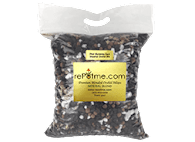
If you, too, struggle with keeping orchids alive, Satch has the best hack for you: fresh potting mix. “Orchids are usually sold planted in the wrong mix, so you blame yourself when they die,” he says. “For healthy orchids, repot in this bark mix. I always have a few bags on hand.”
Haws Brass Plant Mister
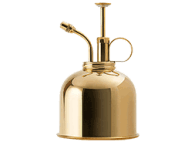
“Most of the leafy plants that thrive indoors originally hail from tropical rainforests,” says Sophia Kaplan, co-founder of the botanical and indoor plant shop Leaf Supply. This includes common varieties such as monsteras, anthuriums, and philodendrons, which flourish in humid environments.
A water mister can be used daily to add a bit of moisture to the air around them, which will benefit their health considerably. “Mimicking their native climate will ensure their best chance of success in your home,” she says.
Bonide Captain Jack's Neem Oil, 32-oz. Ready-to-Use Spray
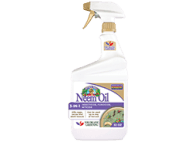
“Neem oil is every houseplant owner’s best friend because it prevents plant pests, it’s natural, and it’s easy to use,” says Skylor Young, co-founder of The Plant Doctors. Using it is a cinch: Simply spray the oil on plant leaves about once a month and wipe it off. “We add essential oils in our custom neem oil concentrate, so it even leaves a fresh scent behind that’s great for the plants, too.”
Fluval Curved Aquarium Pruning Scissors, 9.8 inches
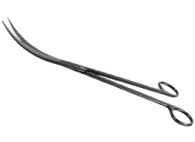
For Andrew Lawrence, a plant enthusiast who shares tips on his YouTube channel Houseplant Hacks, pruning houseplants can be very relaxing, especially if you’re able to take a moment out of a busy day to enjoy the process. A reliable set of pruning scissors is prime for cutting off old, dying leaves or tidying up any dried, brown tips on your plant, she says.
Cutting back dried foliage encourages better growth and allows your plant’s energy to focus on its healthier leaves. Lawrence prefers scissors with long handles that provide better access to the base of the leaves and a stainless steel finish that won’t be susceptible to rust.
Summit Mosquito Bits Larvae Control Granules
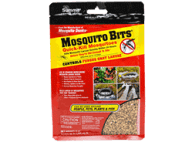
“Fungus gnats can be a very frustrating part of houseplant ownership,” Lawrence says. They tend to burrow in the soil of plants, even while in the store, and will eventually hatch. According to Lawrence, although they’re harmless and live only for a few days, if you allow them to reproduce unchecked, you may soon find a bunch of them flying around your home.
Mosquito bits can help prevent the cultivation of gnats and treat infestations as well. Lawrence recommends sprinkling them on the surface of an affected plant. “They kill the eggs that are in the soil,” he says. “If you use these on all your houseplants, the gnats will be gone within a few days.”

















